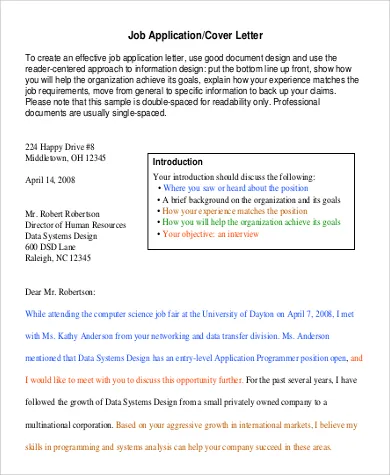What is a Job Application Cover Letter
A job application cover letter is a crucial document that accompanies your resume when applying for a job. It serves as a personalized introduction, allowing you to highlight your qualifications, skills, and enthusiasm for the specific position. Unlike a resume, which provides a factual overview of your experience, a cover letter offers a space to showcase your personality and explain why you are the ideal candidate. Crafting a compelling cover letter can significantly increase your chances of landing an interview and ultimately securing the job. It is your opportunity to make a strong first impression and distinguish yourself from other applicants.
The Purpose of a Cover Letter
The primary purpose of a cover letter is to introduce yourself to a potential employer and express your interest in a specific job. It’s your chance to provide context to your resume and explain why your skills and experience align with the job requirements and company values. A well-written cover letter demonstrates your communication skills, attention to detail, and genuine interest in the opportunity. Additionally, it allows you to address any potential concerns or gaps in your resume, such as career changes or employment gaps. Ultimately, the cover letter is designed to persuade the hiring manager to read your resume and consider you for an interview.
Key Components of a Cover Letter
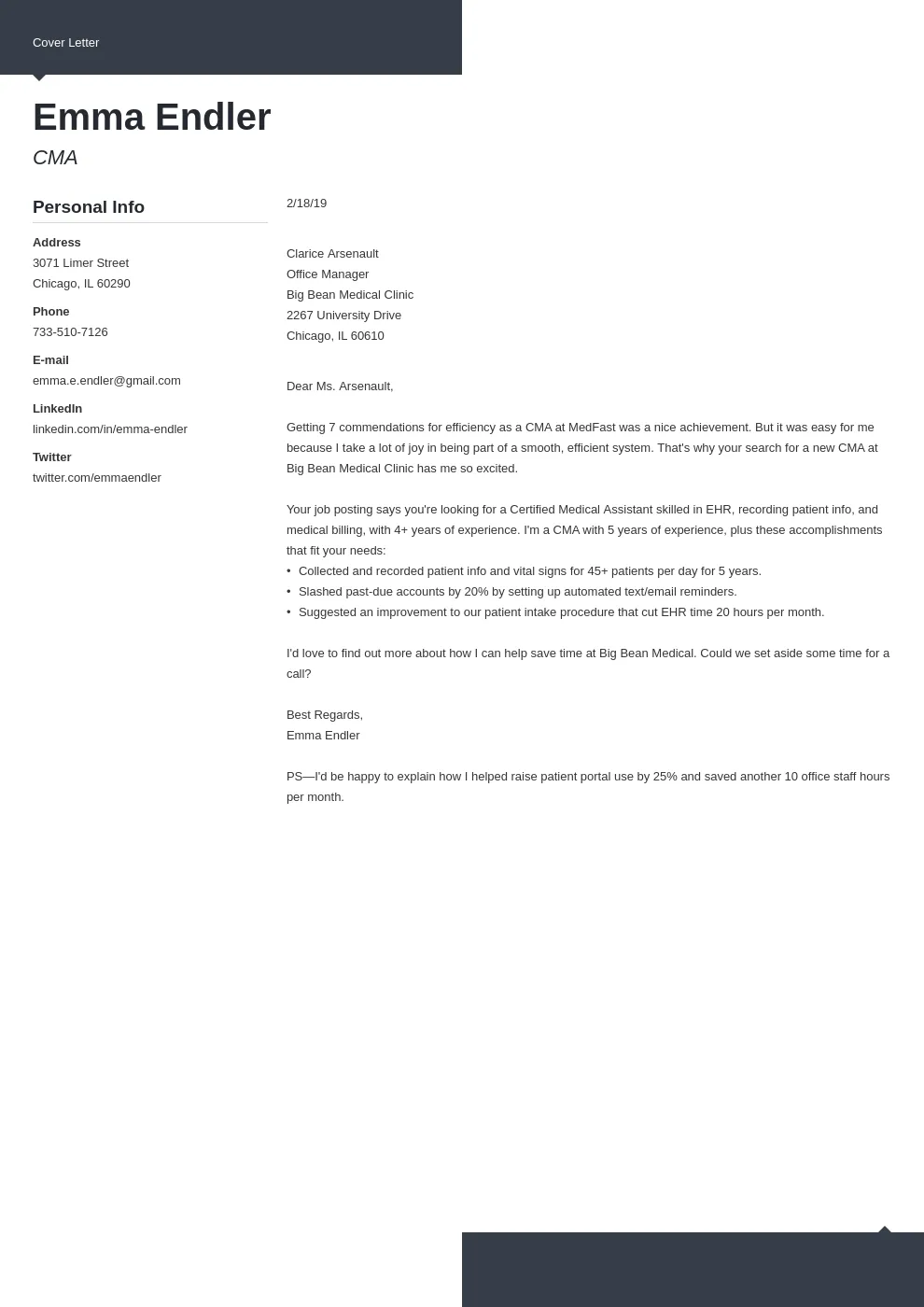
Header Information
Your Contact Information
Begin your cover letter with your contact information. This typically includes your full name, phone number, email address, and optionally, your LinkedIn profile URL. Ensure your contact information is accurate and up-to-date. This allows the hiring manager to easily reach you if they are interested in your application. Place this information at the top of the document, either left-aligned or centered, for easy access.
Date and Hiring Manager Information
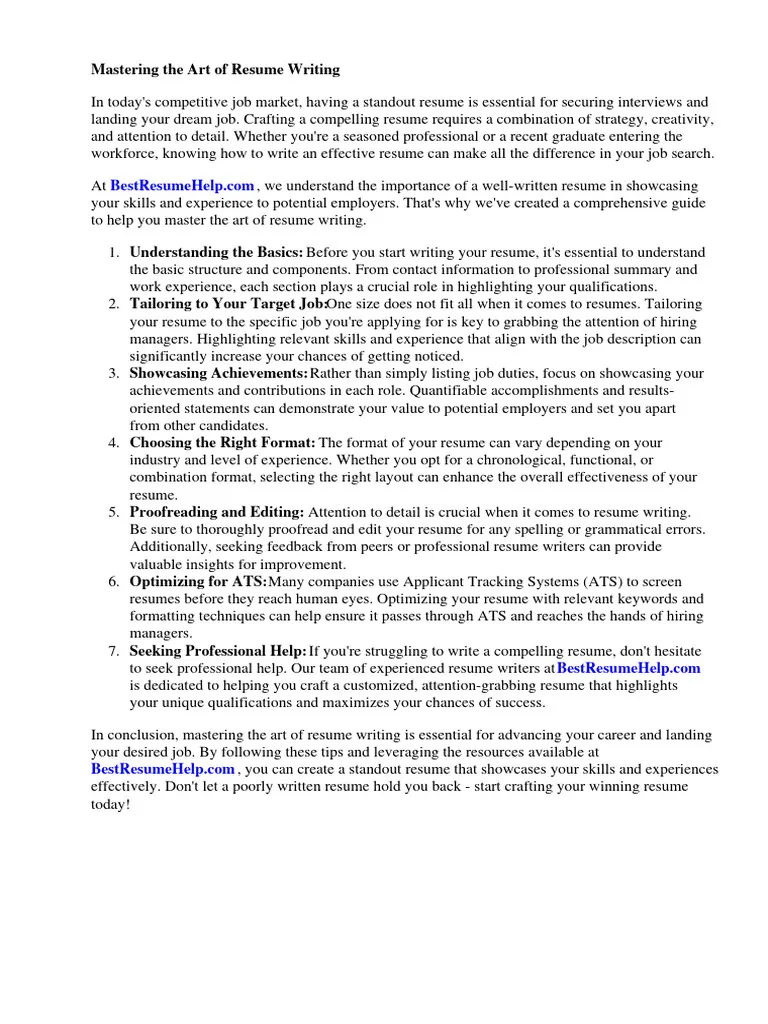
Following your contact information, include the date and the hiring manager’s name and title, if you know it. If you don’t know the hiring manager’s name, you can use a general salutation like “Dear Hiring Manager” or “Dear [Company Name] Hiring Team.” Researching the hiring manager’s name can personalize your cover letter and show that you have taken the time to learn more about the company. Using the correct name demonstrates attention to detail.
Opening Paragraph
Grab the Reader’s Attention
The opening paragraph is your opportunity to grab the reader’s attention and make a strong first impression. Start by stating the specific position you are applying for and where you found the job posting. Briefly mention something that sparked your interest in the company or the role. You could refer to a company value, a recent achievement, or a specific aspect of the job description that excites you. The goal is to immediately capture the hiring manager’s interest and make them want to read further.
State Your Purpose
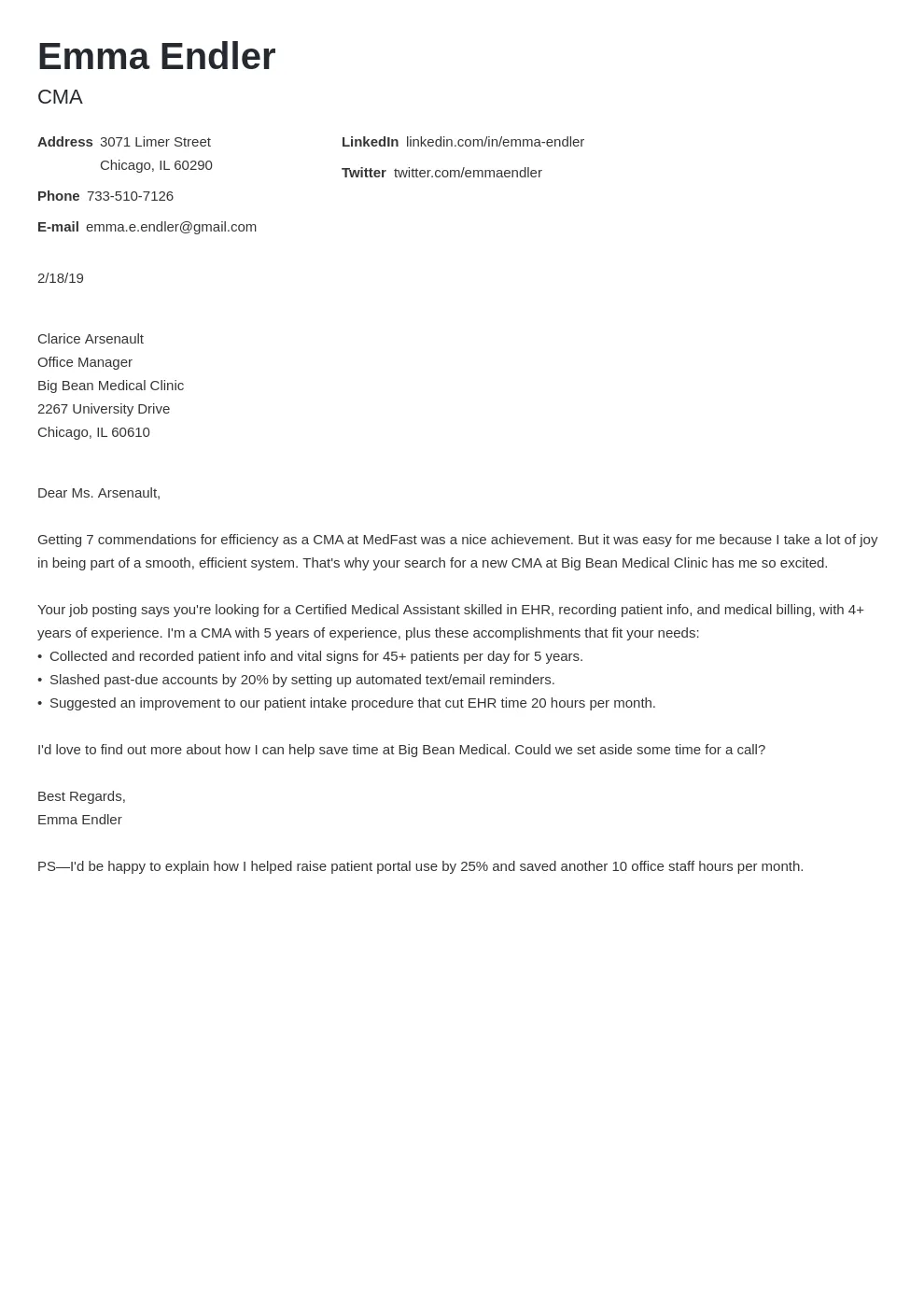
In your opening paragraph, clearly state your purpose. This involves expressing your interest in the position and briefly mentioning why you believe you are a good fit. Keep it concise and to the point. Briefly summarize your relevant skills and experience. This will give the reader a quick overview of your qualifications and why you should be considered for the role. Make sure your purpose is clear and directly linked to the job requirements.
Body Paragraphs
The body paragraphs form the core of your cover letter. They should elaborate on your qualifications, skills, and experience in relation to the job requirements. Provide specific examples of your achievements and how you have demonstrated the skills and qualities the employer is seeking. Tailor each paragraph to align with the specific requirements outlined in the job description. Use keywords from the job description to demonstrate your understanding of the role and its demands. This is where you illustrate how your experience aligns with the company’s needs and how you can contribute to their success.
Highlight Relevant Skills and Experience
In your body paragraphs, focus on highlighting the skills and experiences that are most relevant to the job. Review the job description carefully and identify the key requirements and desired qualifications. Provide specific examples of how you have demonstrated these skills in previous roles or projects. Quantify your achievements whenever possible to demonstrate the impact you have made. Use action verbs to describe your accomplishments and responsibilities. Focus on results, not just tasks. Emphasize how your skills align with the company’s needs and the role’s responsibilities.
Quantify Achievements
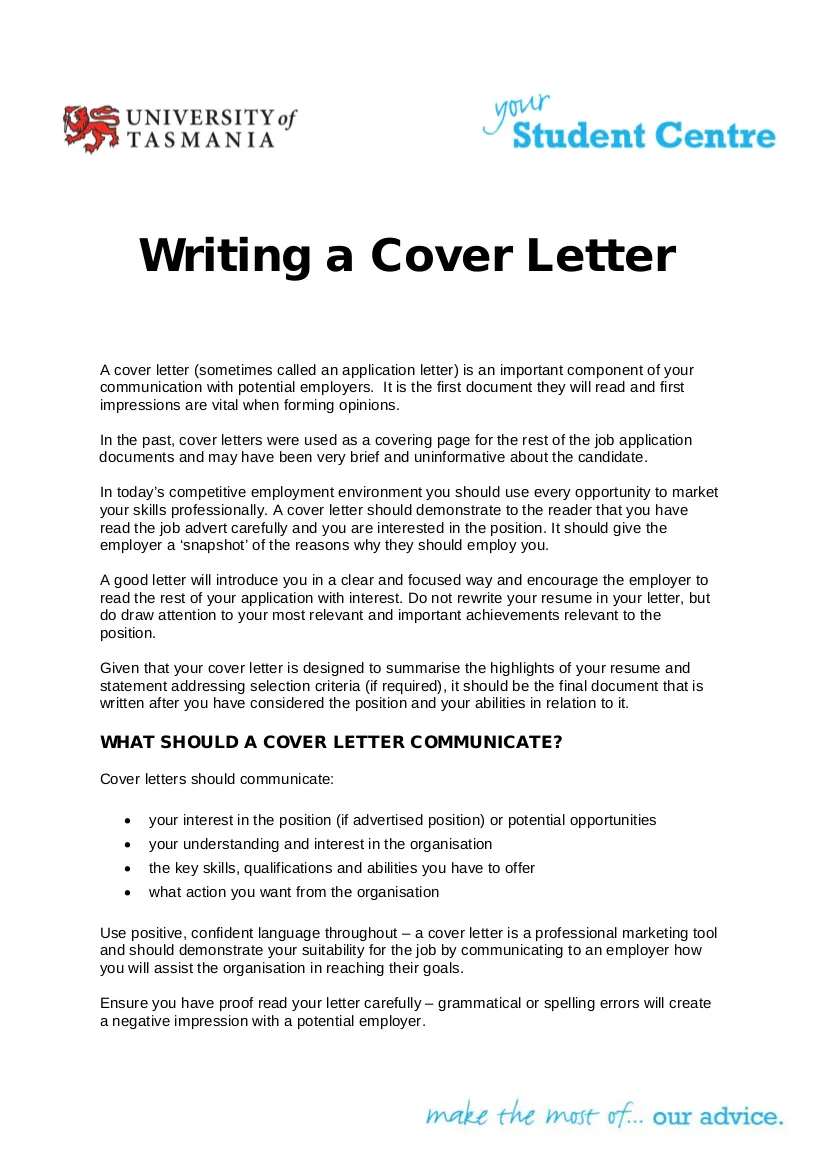
Whenever possible, quantify your achievements. Using numbers and metrics makes your accomplishments more impactful and provides concrete evidence of your abilities. Instead of saying “Improved customer satisfaction,” state “Improved customer satisfaction by 15% through implementation of a new support system.” Quantifying your achievements demonstrates your ability to produce results. Provide data points to show the value you bring to an organization. This will help the hiring manager understand the scope of your impact and visualize your potential contributions. This level of detail demonstrates that you pay attention to results and can add value.
Closing Paragraph
Express Gratitude and Request Action
In your closing paragraph, express your gratitude for the hiring manager’s time and consideration. Reiterate your interest in the position and restate your enthusiasm for the opportunity. Include a call to action, such as requesting an interview. Make it easy for the hiring manager to take the next step. Thank the reader for their time and state that you are eager to discuss your qualifications further. Include your contact information again, such as your phone number or email address. A professional closing leaves a lasting positive impression.
Formatting and Design
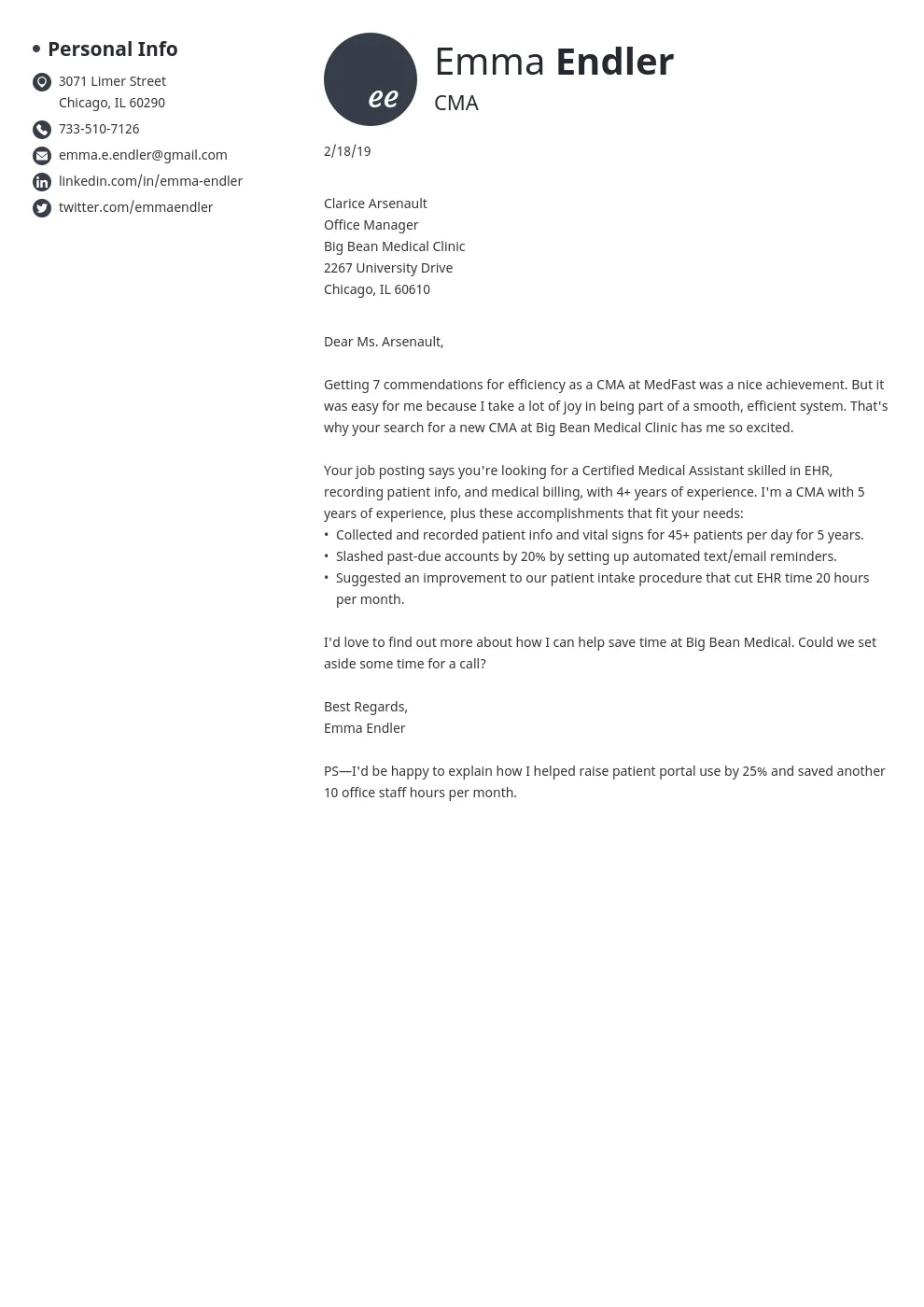
Font Choice and Readability
Choose a professional and easy-to-read font such as Times New Roman, Arial, or Calibri. Use a font size between 10 and 12 points. Ensure there is adequate spacing between lines and paragraphs to enhance readability. Avoid using overly ornate or distracting fonts. The focus should be on the content and how effectively you convey your qualifications. Proper formatting helps the hiring manager process your information quickly and understand your skills easily.
Length and Structure
Keep your cover letter concise and to the point. Aim for one page in length. Structure your letter logically, with clear sections and paragraphs. Use headings and bullet points if appropriate to improve readability. Avoid overly long paragraphs and dense blocks of text. A well-structured letter demonstrates your ability to communicate clearly and effectively. Brevity shows that you value the hiring manager’s time while efficiently highlighting your key skills.
Proofreading and Editing
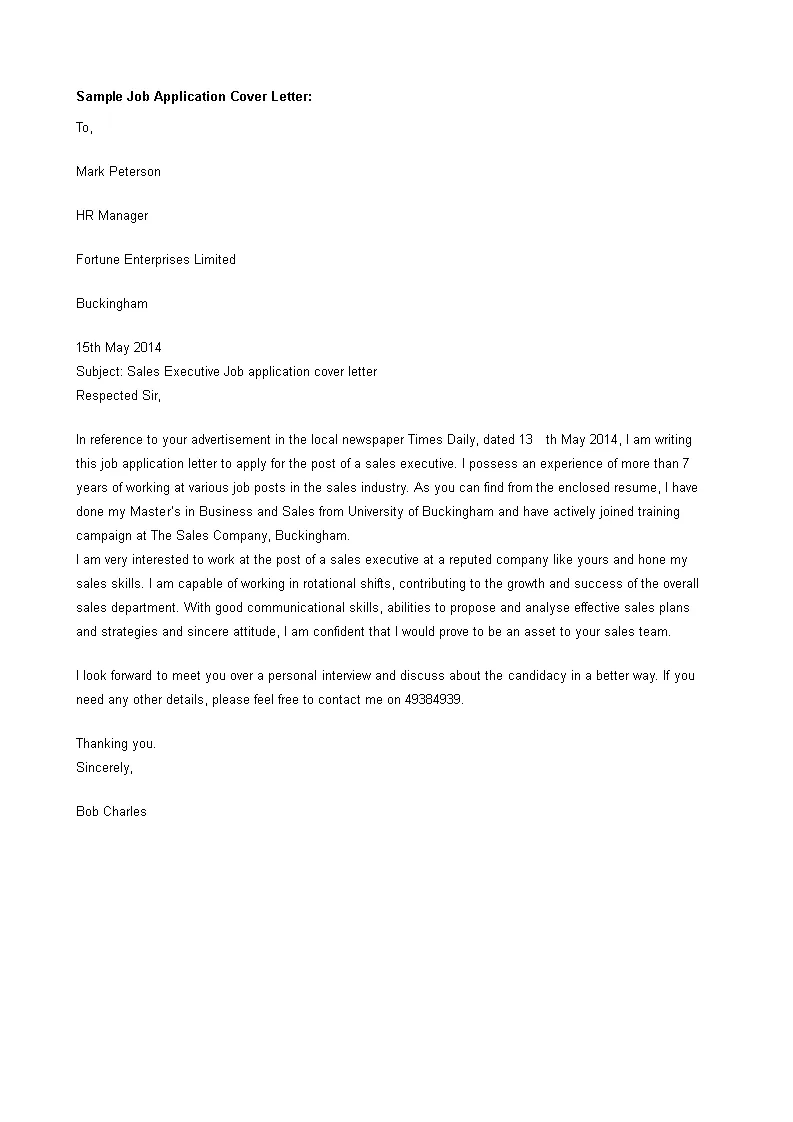
Before submitting your cover letter, carefully proofread it for any errors in grammar, spelling, and punctuation. Ensure that your sentences are clear and concise. Ask someone else to review your cover letter for a fresh perspective. Typos and grammatical errors can undermine your credibility. A well-written and error-free cover letter demonstrates your attention to detail and professionalism. Take the time to review your application thoroughly.
Common Mistakes to Avoid
Avoid common cover letter mistakes such as using generic templates, failing to tailor the letter to the specific job, and including irrelevant information. Don’t just rehash your resume. Instead, use the cover letter to expand on your most relevant skills and experiences. Avoid typos and grammatical errors. Always address the hiring manager by name and express your enthusiasm. Tailor each letter to the specific job, and do not use the same cover letter for different jobs. Proofread carefully before submitting. Failure to do so will likely result in your application being rejected.
